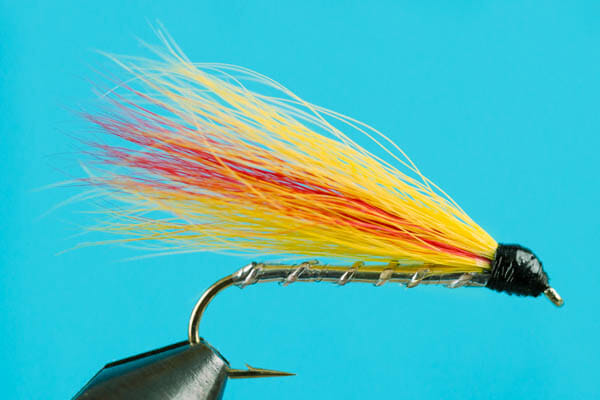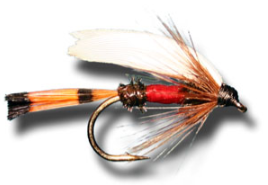In our family, we had an informal rule about kids fishing on their own—you started out by fishing wet flies downstream, and once you reached a certain age, you got to turn upstream and fish dry flies. It was a tiny, gentle river, really, and there was always an adult looking on, even if we didn’t realize it. This was Grandpa’s rule, and it made good sense for a few reasons.

First was safety. If you don’t weigh very much, it’s hard to plug upstream, even in a few inches of water. Even now, if I’m crossing a current, I always work a downstream angle. Falls often happen when you challenge currents head-on, and the river almost always wins. It’s smart to have younger anglers feel the power of the water as it works with them and not against them.
Same is true for fishing! When your casts aren’t all that red-hot, and you’re rolling and flopping and such, it’s pretty nice to have the river working with you to straighten things out. The drag-free drift and upstream casts will develop in time.
When your casts aren’t all that red-hot, and you’re rolling and flopping and such, it’s pretty nice to have the river working with you to straighten things out.
And wet flies work! Like mini streamers, you can swing them, drift them, lift them, let the current swirl them around, and you feel the take when a trout eats them. I like to feel that take, almost as much as I like watching a trout sip a dry fly.

As the runoff (or what runoff we’ve had in the Rockies) subsides, I’ve been spending a lot of time going back to the “roots” and fishing flies like Mickey Finns, or wet Royal Coachmen… just roll casting and swinging them in front of rocks, through riffles and such. I’ve also been playing around with salmon and steelhead flies like Freight Trains, and Thunder and Lightning.
Granted, it’s not the most effective way to catch fish, but with fish feeling the pressure like never before, I’m kind of in a “less is more” mindset these days.
Also, fishing classic wet flies and salmon patterns makes me feel like a kid again. And there’s nothing wrong with that.



